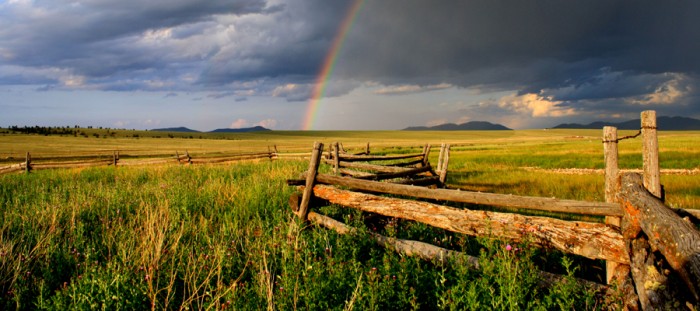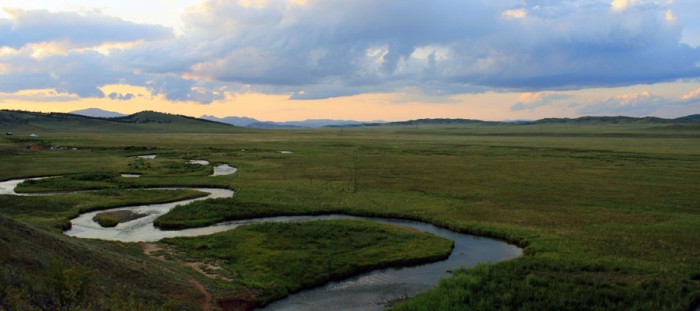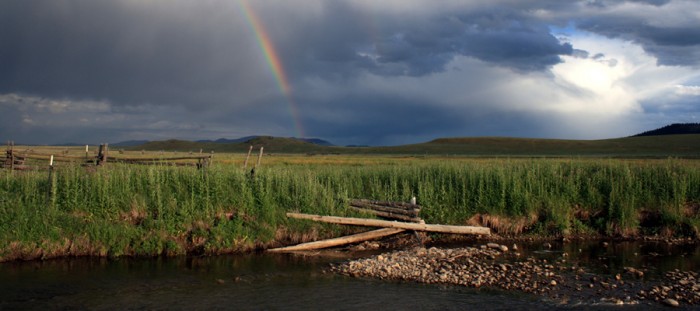This post comes from a friend of Field Sport Concepts, Ed Roberson of Mirr Ranch Group. He recently published a post on Mirr Ranch Group’s blog illustrating the economic and environmental benefits associated with implementing conservation practices on one’s land. We invite you to check it out below. You can read more of Ed’s posts at his ranch and conservation blog, Mountain & Prairie.
Since first entering the ranch brokerage business in 2005, I have had the good fortune to work on many deals involving conservation properties – ranches and tracts of land that have either been conserved with a conservation easement or have attributes that make them excellent candidates for conservation. Large tracts of unspoiled land, combined with a deep-seated landowner ethic of respect for the land, make the Rocky Mountain region one of the most creative and cutting-edge regions for land conservation in the United States.
We are currently in the midst of a very exciting time in the history of land conservation, particularly in the Rocky Mountain West. Landowners, non-profit land trusts, government agencies, and innovative entrepreneurs are working together to create solutions that simultaneously conserve land, preserve traditional western ranching and agriculture practices, and create opportunities for investors to reap healthy profits.
One of our current listings, The Preserve, is a perfect example. The entire ranch is 7,859 acres, with approximately 3,500 acres protected by a conservation easement held by Colorado Open Lands. Prior to Colorado Open Lands conservation efforts, the ranch had been overgrazed to the point that the grass was not growing to its full capacity, carrying capacity suffered, and the banks of the Middle Fork of the South Platte had been trampled down, ruining what had been productive spawning grounds for brown trout.
As part of the conservation easement, Colorado Open Lands implemented a responsible and sustainable grazing plan, which allows for the owner of the ranch to continue grazing cattle on the property, just as it has been done since the area was first settled in the 1870s. This grazing plan and easement will have no negative effect on cattle production; if anything, it will be better for the cattle in the long run because the land will produce more healthy grass, year after year.
Thanks to the sustainable grazing plan, the sub-irrigated meadows along the river were green and lush this summer, despite the fact that 2012 was one of the driest summers on record. Also, the Middle Fork of the South Platte, which bisects the conservation easement, has been returned to its natural state as a productive fishery and spawning grounds for 30-inch trophy brown trout.
But what about development potential? What if a potential buyer wanted the option of developing a portion of the ranch? Well, the remaining 4,300 acres of the Preserve is completely unencumbered by the conservation easement. In fact, it has been pre-approved by Park County, Colorado as a Planned Unit Development (“PUD”), which allows for numerous homesites throughout the property.
The Preserve’s combination of conservation, sustainable agriculture, and responsible development potential is a perfect example of how conservation easements can be used to create mutually beneficial solutions that benefit the landowners, the community, ranching heritage, and our western landscapes. While conservation easements may not be the perfect solution 100% of the time, in this particular case, it is a win-win-win for all parties involved.



